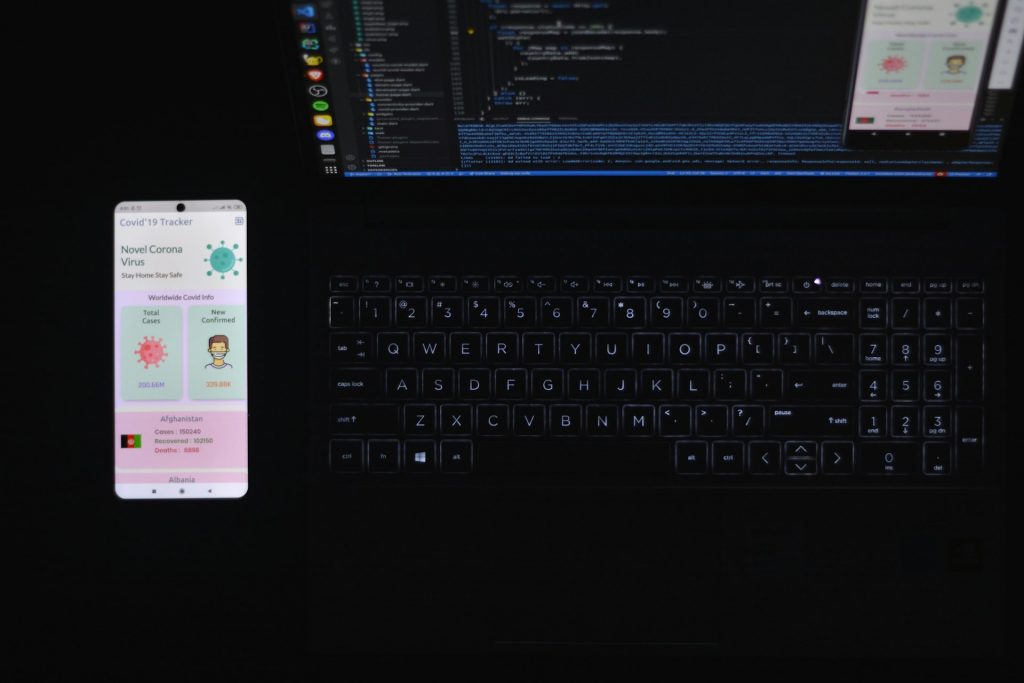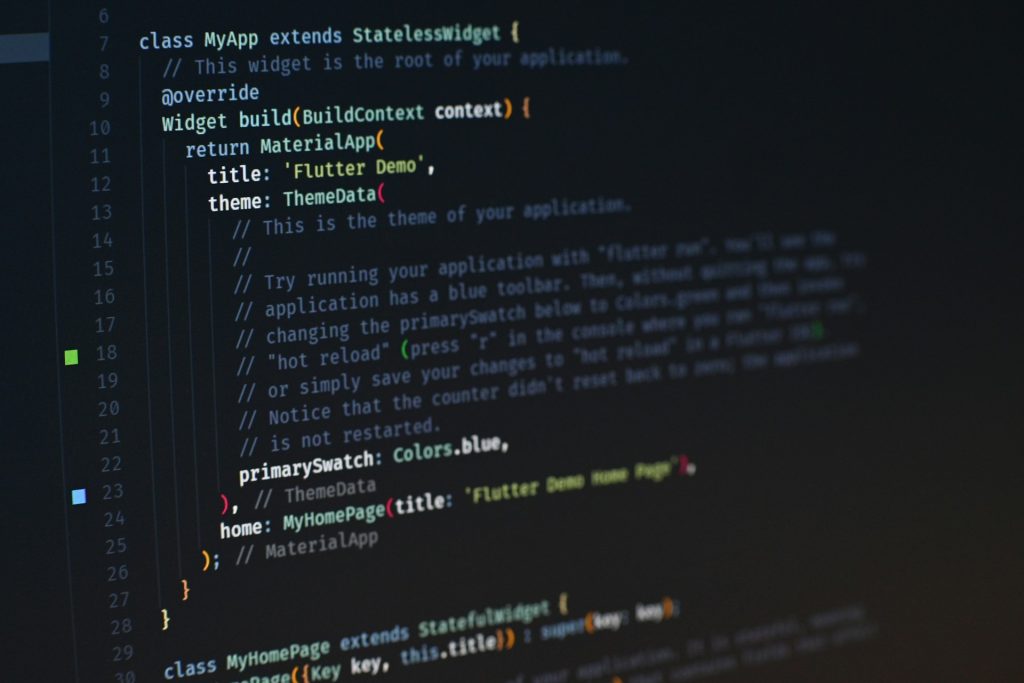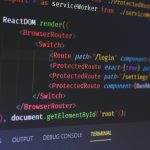The demand for Flutter developers is skyrocketing, and 2025 is the perfect time to start your journey. With Flutter’s cross-platform capabilities, businesses are looking for skilled developers who can build fast, beautiful, and scalable applications for mobile, web, and desktop — all from a single codebase.
If you’re wondering how to become a Flutter developer in 2025, this guide will walk you through:
✅ Why Flutter is the best choice for developers in 2025
✅ The skills you need to master
✅ The best learning resources and roadmaps
✅ How to build a portfolio and land your first job
Let’s dive in and set you on the path to becoming a highly paid Flutter developer! 🚀
Why Choose Flutter in 2025?
Flutter, developed by Google, has become the leading framework for cross-platform development. Here’s why it’s a great choice in 2025:
✔ Single Codebase for Multiple Platforms – Build apps for Android, iOS, Web, Desktop, and Embedded devices with one codebase.
✔ High Performance – Uses Dart and compiles to native code, ensuring smooth performance.
✔ Beautiful UI – Comes with customizable widgets for stunning designs.
✔ Growing Job Market – More companies are adopting Flutter, increasing demand for skilled developers.
✔ Strong Community & Google Support – Regular updates and a vast ecosystem of plugins.
With the expected release of Flutter 4.0, the framework will introduce even more powerful features, making it an even better career choice.

Step 1: Learn the Fundamentals of Programming
Before diving into Flutter, you need a strong foundation in programming.
1. Learn Dart (Flutter’s Programming Language)
Flutter uses Dart, a modern, object-oriented language developed by Google.
📌 Key Dart Concepts to Learn:
🔹 Variables & Data Types
🔹 Functions & Classes
🔹 Object-Oriented Programming (OOP)
🔹 Asynchronous Programming (Futures & Streams)
📖 Best Resource to Learn Dart:
2. Understand Basic Programming Concepts
If you’re new to coding, start with:
✅ Algorithms & Data Structures
✅ Problem-Solving with LeetCode or CodeWars
✅ Version Control (Git & GitHub)
Step 2: Master Flutter Development
Once you’re comfortable with Dart, it’s time to dive into Flutter.
1. Set Up Your Development Environment
Install Flutter by following the official Flutter installation guide.
✅ Choose an IDE:
- Android Studio – Best for Android development
- Visual Studio Code – Lightweight and fast
- IntelliJ IDEA – Powerful and feature-rich
✅ Install Flutter & Dart Plugins
✅ Set Up an Emulator or Physical Device for Testing
2. Learn Flutter Basics
📌 Key Flutter Concepts to Learn:
🔹 Widgets (Stateless & Stateful)
🔹 Layouts & UI Design
🔹 Navigation & Routing
🔹 State Management
🔹 API Integration
📖 Best Resource to Learn Flutter:
3. Build Small Projects
The best way to learn is by building real-world projects. Start with:
💡 To-Do App – Learn UI and state management
💡 Weather App – Work with APIs and data fetching
💡 E-Commerce App – Practice authentication and payments
Step 3: Master Advanced Flutter Concepts
To stand out as a professional Flutter developer, you need to go beyond the basics.
1. Learn State Management
Managing app state efficiently is crucial. Popular state management solutions:
🔹 Provider – Simple and widely used.
🔹 Riverpod – Modern and scalable.
🔹 Bloc (Business Logic Component) – Best for large applications.
2. Work with Databases & APIs
Most apps require data storage and retrieval. Learn:
✅ Firebase Firestore – Cloud-based NoSQL database.
✅ SQLite & Hive – Local storage solutions.
✅ REST API & GraphQL – Fetching data from web services.
3. Optimize Performance & Debugging
To build fast and efficient apps, learn:
🚀 Lazy Loading & Image Optimization
🚀 Reducing Widget Rebuilds
🚀 Using Flutter DevTools for Debugging
Step 4: Build a Portfolio & Contribute to Open Source
1. Create a Strong Portfolio
Employers and clients want to see real projects. Build:
📱 A Personal Portfolio Website – Showcase your skills and projects.
📱 3-5 Flutter Apps – Publish them on GitHub and / or the App Store/Play Store.
2. Contribute to Open Source
Join the Flutter open-source community on GitHub. Contributing to projects will:
✅ Improve your coding skills
✅ Help you network with other developers
✅ Make your resume stand out
Step 5: Get a Flutter Developer Job in 2025
1. Build a Strong Resume & LinkedIn Profile
Highlight your Flutter projects, skills, and contributions.
2. Apply for Jobs & Freelance Work
📌 Best Platforms to Find Flutter Jobs:
- LinkedIn Jobs
- Upwork & Fiverr – For freelance work.
- AngelList – For startup jobs.
- Turing & Toptal – For remote developer jobs.
3. Prepare for Technical Interviews
Most companies will test your Flutter skills and problem-solving abilities.
📌 Common Interview Topics:
✅ Flutter Widgets & State Management
✅ API Integration & Database Handling
✅ Performance Optimization
✅ Coding Challenges (LeetCode, HackerRank)
Step 6: Keep Learning & Stay Updated
Flutter is constantly evolving, so continuous learning is key.
📌 Ways to Stay Updated:
🔹 Follow Flutter’s Official Blog
🔹 Join Flutter Communities on Discord & Reddit
🔹 Watch Flutter Conferences & YouTube Tutorials
Final Thoughts – Your Future as a Flutter Developer in 2025
Becoming a Flutter developer in 2025 is an exciting and rewarding journey. With high demand, strong community support, and endless opportunities, mastering Flutter can open doors to high-paying jobs and freelance projects.
By following this roadmap—learning Dart, mastering Flutter, building projects, and networking—you’ll be well on your way to becoming a successful Flutter developer.
🚀 Are you ready to start your Flutter journey? The future is yours to build!


